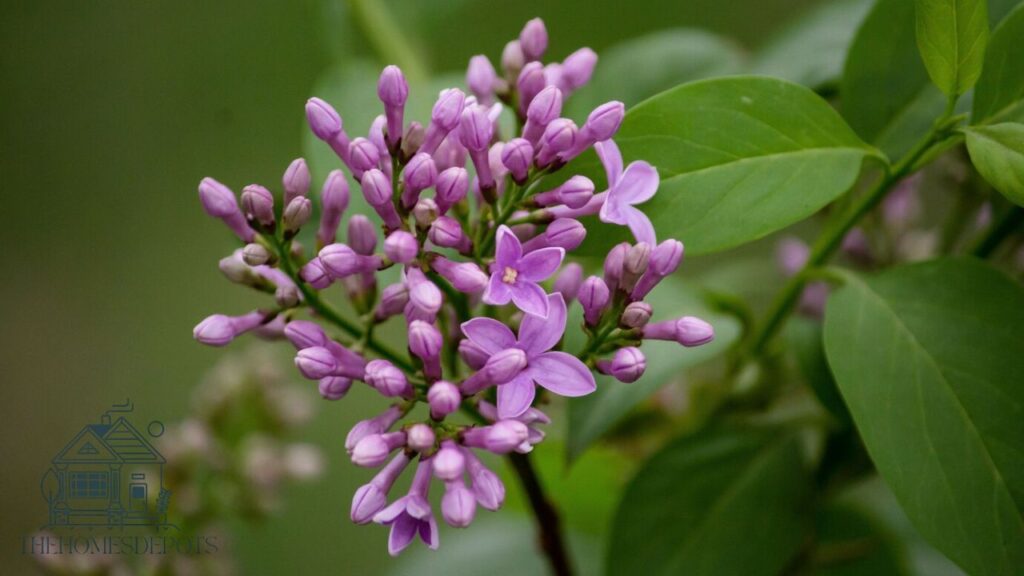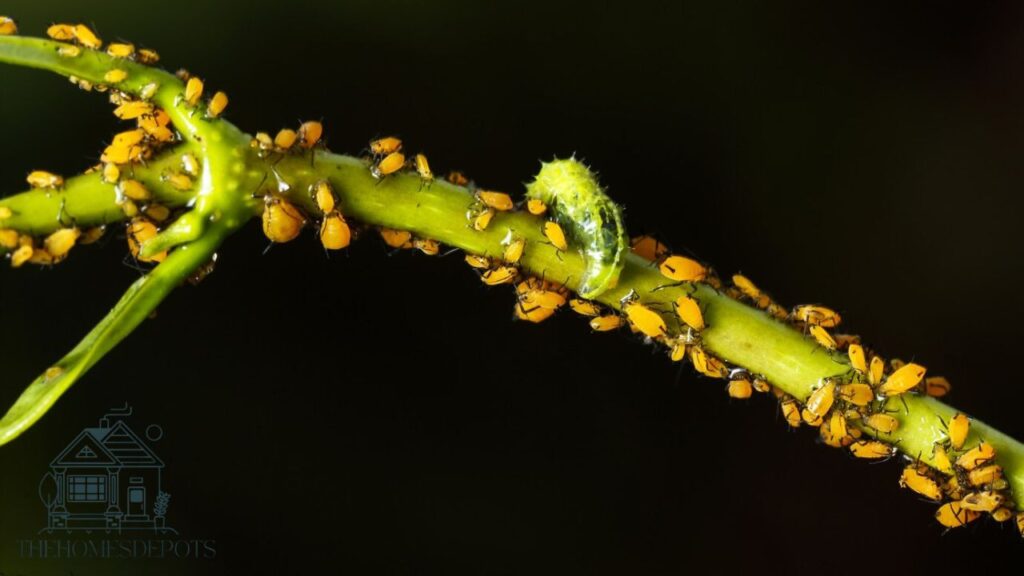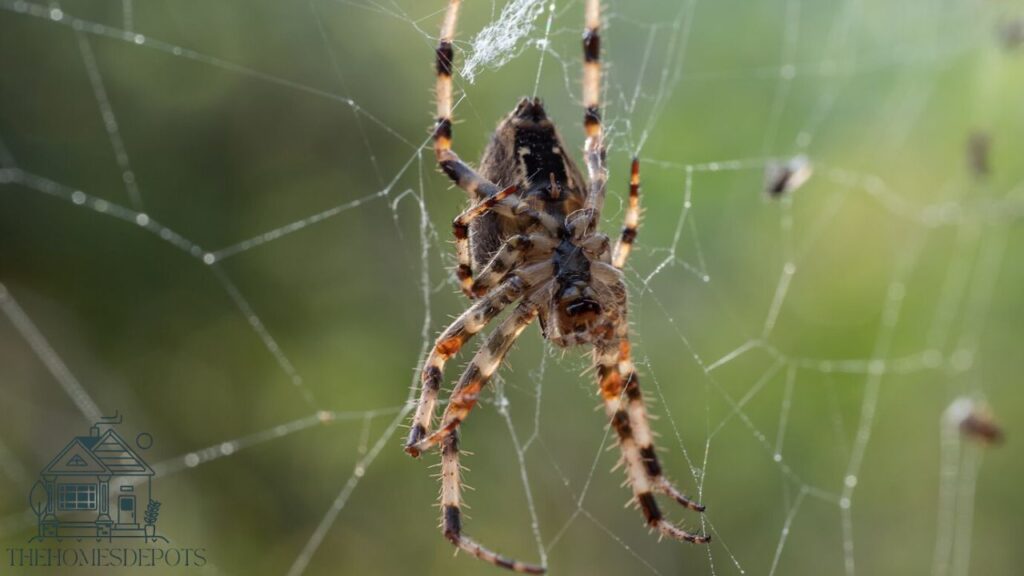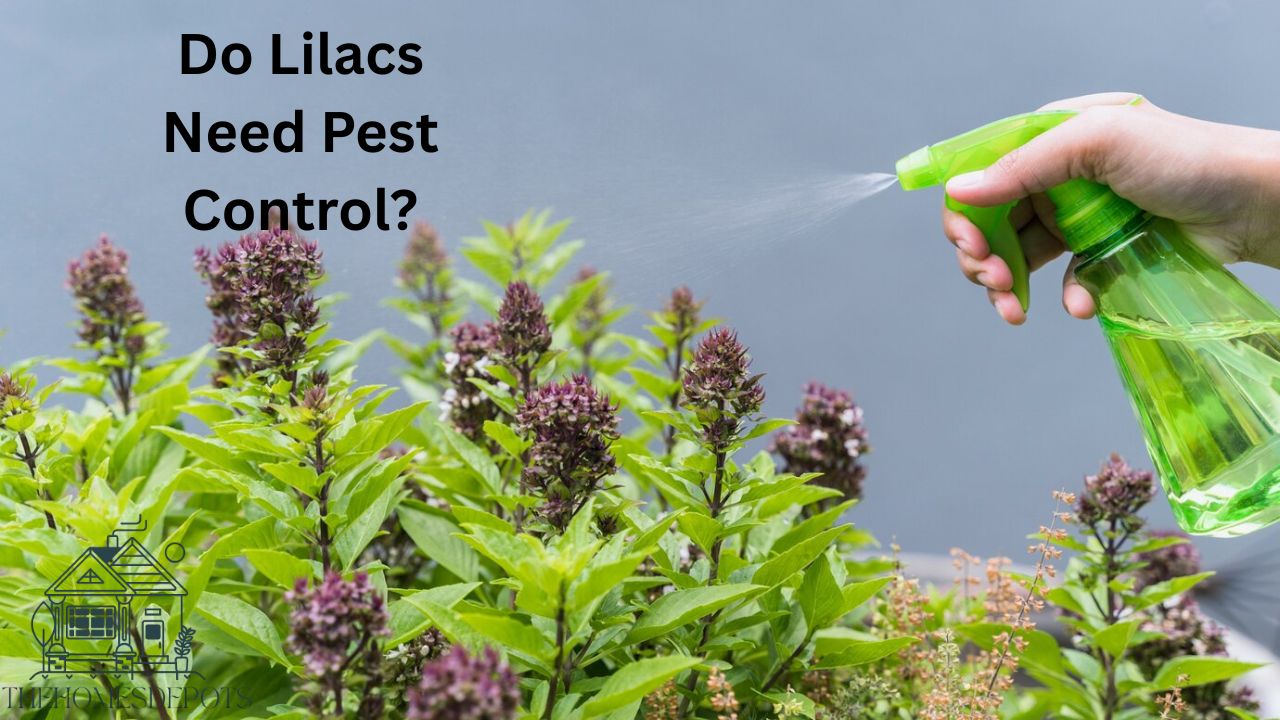Lilacs are adored worldwide for their fragrant blossoms, robust structure, and natural elegance. These stunning shrubs are often considered low-maintenance and resilient, adding charm to gardens with their vibrant display of lavender, white, or pink blooms. But even the hardiest plants face challenges, and lilacs are no exception. This brings us to an important question for avid gardeners and homeowners alike: Do lilacs need pest control?
The short answer is yes. Lilacs may not demand constant attention, but they are not immune to garden pests. Pests like lilac borers, aphids, scale insects, and spider mites can impact the health and beauty of these plants. Identifying the threats and taking proactive measures is crucial to maintaining thriving lilacs. Throughout this guide, we’ll explore the most common pests, the symptoms they cause, and strategies to control or prevent them effectively. With the right care, your lilacs will remain vibrant and pest-free year-round.
Understanding Why Lilacs Need Pest Control
Many gardeners cherish lilacs for their ease of care, yet no plant is entirely free from risk. Pests can sap nutrients from lilac plants, weaken stems, and reduce flowering ability. While lilacs are hardy and adaptable, ignoring pest problems can have lasting impacts.
Garden pests are also opportunistic. Without proper pest control, small infestations can quickly spiral out of control, damaging not only your lilacs but also nearby plants. By incorporating a combination of prevention strategies, natural remedies, and, when necessary, chemical control, you’ll keep these stunning shrubs safe.
But before jumping into solutions, it’s essential to familiarize yourself with the common culprits that target lilacs.
Common Pests That Attack Lilacs
A variety of pests can invade your garden and disrupt your lilac plants. Here’s a list of the most common ones, their effects on lilacs, and possible control methods:
| Pest Name | Damage | Prevention and Solution |
|---|---|---|
| Lilac Borers | Bore tunnels into stems, causing wilting or dieback | Prune infected branches, use neem oil, and encourage natural predators |
| Aphids | Sap-sucking insects that curl leaves and stunt growth | Spray with insecticidal soap or neem oil; introduce ladybugs |
| Scale | Hard-shelled pests that feed on nutrients in stems | Scrape them off manually, apply horticultural oil, and encourage beneficial insects |
| Spider Mites | Cause yellowing leaves; spin fine webbing | Increase humidity around the plant, spray leaves with neem oil or water, and use mite-specific natural predators |
Lilac Borers

Lilac borers (larvae of the Ash Borer moth) are among the most destructive pests for lilacs. These larvae drill through the stem of the plant, damaging internal tissue. Eventually, infected branches may wilt or die.
Control Tips:
- Inspect branches regularly for entry holes or sawdust-like residue near the base.
- Prune infected or weakened sections.
- Apply neem oil or an insecticide specifically tailored for borers.
Aphids

Tiny, sap-sucking aphids can be a big problem for lilacs. They cluster on leaves or stems, sapping the plant’s vitality and producing honeydew. This sticky substance attracts mold and other fungi.
Control Tips:
- Use a strong spray of water to knock them off.
- Introduce ladybugs or lacewings into your garden, as they naturally prey on aphids.
- For severe cases, apply diluted neem oil every week until the infestation clears.
Scale
Scale insects attach to lilac stems, draining vital nutrients over time. They are often hard to spot because they blend in with the plant structure.
Control Tips:
- Remove individual scale insects by hand. Use a cotton swab soaked in alcohol for precision.
- Apply horticultural oil sprays during dormancy to suffocate scales.
Spider Mites

Spider mites thrive in dry conditions and are hard to see with the naked eye. Their webs, often mistaken for dust, can spread across leaves, causing them to yellow and ultimately drop.
Control Tips:
- Increase humidity around your lilacs with misting or mulch.
- Spray the lilac bush with water to dislodge mites.
- Introduce predatory mites to the garden for a longer-term solution.
Recognizing Signs of Pest Infestation
Early detection is key to preventing long-term damage to your lilac shrubs. Regular inspections can help you spot pest activity before it becomes a major problem. Here are signs that your lilacs may need pest control:
| Signs | Possible Cause | Solution |
|---|---|---|
| Wilting or yellowing leaves | Likely due to sap-sucking pests like aphids or mites | Wash leaves with water, introduce natural predators, and apply insecticidal soap |
| Holes or tunnels in stems | Indicates lilac borer activity | Prune affected branches immediately and apply insecticidal treatments |
| Sticky residue (honeydew) | Produced by aphids | Wash affected areas, introduce ladybugs, and use neem oil |
| Fine webbing | Sign of spider mites | Increase plant humidity and spray with neem oil or water |
Recognizing these symptoms promptly can allow for early intervention, saving your lilacs from severe infestations.
Companion Plants to Protect Lilacs Naturally
Companion planting is an excellent way to keep pests away from lilacs while enriching the overall environment of your garden. Nature provides effective solutions in the form of plants that repel harmful insects. Below are some ideal companion plants for lilacs:
- Marigolds: Their scent aggressively deters many insects, including aphids.
- Garlic and Chives: These aromatic plants repel aphids, lilac borers, and other pests.
- Lavender: Combines aesthetics with practicality; its fragrance keeps moths away while complementing lilacs.
- Catnip: Known to repel aphids and spider mites.
Integrating these companions fosters a naturally pest-resistant garden while adding diverse textures and colors.
How to Prevent and Treat Pests on Lilacs
Maintaining a healthy plant environment is the best defense against pests. Here are some top prevention and treatment methods:
1. Encourage Beneficial Predators
Ladybugs, lacewings, and parasitic wasps feed on pests such as aphids and mites. Planting flowers like daisies or yarrow will help attract these insect allies.
2. Regular Pruning
Remove weak or infested branches using sharp, clean tools. Improved air circulation reduces the likelihood of fungal diseases and pest habitats.
3. Use Organic Treatments First
Neem oil, insecticidal soaps, and horticultural oils offer effective pest control without introducing harmful chemicals into the environment.
4. Maintain Plant Health
Healthy lilacs are less susceptible to pests. Monitor soil moisture, fertilize occasionally, and make sure your lilac receives at least six hours of sunlight daily.
5. Chemical Control as a Last Resort
Eco-friendly pesticides can be used for severe infestations but should be applied sparingly. Always follow labels to protect pollinators and surrounding plants.
Keeping Lilacs Healthy All Year Round
Healthy lilacs are resilient to most pests, so consistent care is vital. Keep these tips in mind for round-the-year maintenance:
- Sunlight Is Key: Lilacs thrive in full sun. Six to eight hours of sunlight daily is ideal.
- Good Airflow: Prevent overcrowding by spacing branches and nearby plants properly.
- Regular Watering and Mulching: Ensure the soil is adequately moist but avoid overwatering. Organic mulch is excellent for retaining water and regulating soil temperature.
- Inspect Frequently: A monthly inspection will help you detect and address pests early.
By staying proactive, you can minimize damage and keep your lilacs flourishing.
Do Lilacs Need Pest Control? Yes, and Prevention Is Key!
No plant is completely pest-proof, and lilacs are no exception. However, regular care, early detection, and preventive gardening practices minimize the need for drastic measures. Whether through companion planting, natural remedies like neem oil, or attracting helpful predators, there are countless options to protect your lilacs. These methods ensure your plants will remain the pride of your garden.
By asking yourself “Do lilacs need pest control?”, you’ve already taken the first step toward healthier, more resilient shrubs. Don’t leave your lilacs vulnerable – act today to keep them thriving and pest-free year after year.
Happy gardening!
